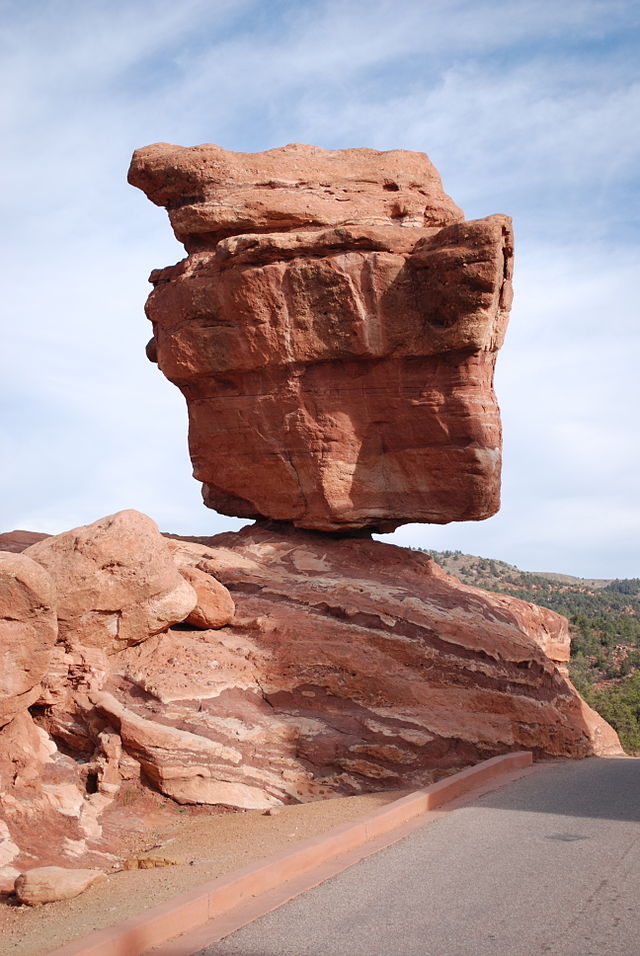Behind that Hashtag Are Very Cool People!

When National Public Radio sat down to an interview with astronomer Shrinivas Kulkarni, the last thing everyone expected to hear was his comment about astronomy being for “boys with toys”. One way to interpret that from the gist of the interview it is that Dr. Kulkarni said it as a way of discussing how astronomy seems to be a lot of big toys for scientists to play with.
I get that and the spirit in which he said it because I’ve often thought of our science instruments as “cool toys.” However, his comment seemed to imply that science is all just play. That’s not really a problem, because science is also a lot of work. However, there’s nothing wrong with having fun at your job!
But, the bigger story here is that his comment mentions “boys with toys”, which casually ignores the many scientists who are women and doing good work. Of course, the comment spurred justified frustration at yet another dismissing of women in science.

But, in a much larger and very cool development, it also prompted a very clever positive reaction on social media: women scientists and science outreach professionals posting pictures of themselves with their scientific instruments, or working out in the field (my favorite so far is the woman who studies penguins) under the hashtag #girlswithtoys—a campaign that took social media sites by storm. I posted the pic (above) of myself in our planetarium dome, and another one of me at the University of Hawai’i 2.2-meter telescope, taken by one of my observing team partners back when I was in grad school.
So far, I’ve seen many cool pics of my friends in research with their astro-toys (hi! Nicole, Christi! and others!) as well as those with other types of science machines. Everybody’s showing how much they enjoy their work. That’s great because it shows that women can do good science, enjoy it, and share it with others. It tells everybody that we’re here, we should be taken seriously, and not forgotten or ignored.
The same is true for women in science outreach who bust their buns to bring science to the public in imaginative ways, but rarely get asked to host splashy videos or get paid to write for the big online outlets. Is it because producers can’t see women as scientists or science writers? If all they hear is “boys with toys”, maybe not. Yet #girlswithtoys are doing amazing work out there in the sciences and in outreach, work that affects us all, takes us to the far reaches of the cosmos, helps us understand our health, our planet, and how it all came to be. It would be very cool to hear and see some more women explaining science.
So, why does all this matter? If you restrict science (and outreach) to half the human race, you’re losing out on a diversity of outlooks and viewpoints that matter, that see things differently and may approach solutions in ways that hadn’t been previously considered. You very likely are going to lose out on some big discoveries and advances in science if half the voices available to you are muted or not even allowed to participate in the conversation. So, why waste talent when we need every bit of it we can get to help solve the difficult problems posed by climate change, by threats to our health, to meet the challenges of space flight, and help guide our understanding distant objects in the universe?
Everybody who works in a science discipline has a reason to be there, a passion for the work, and a way of doing that work that makes a difference to everyone and everything on this planet. We ALL matter. And, that’s why #girlswithtoys has taken off. It’s a way of reminding us all that female talent counts, too. It’s way past time to recognize and include women for the science they do and share.
So, check out #girlswithtoys on Twitter, FaceBook and wherever else it’s being used. I guarantee you’re going to meet some amazing people doing and talking about amazing science!


